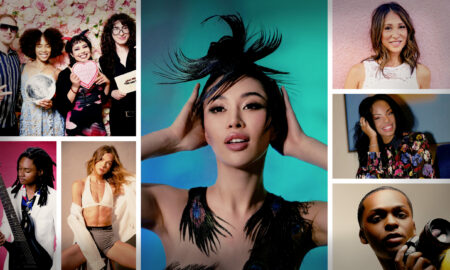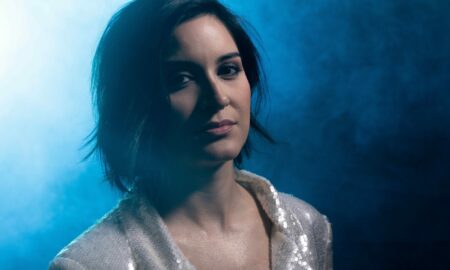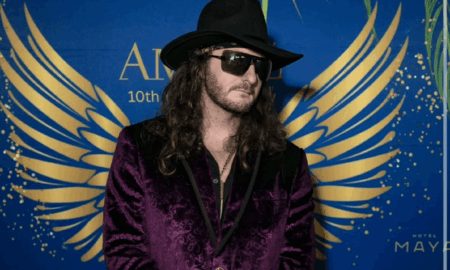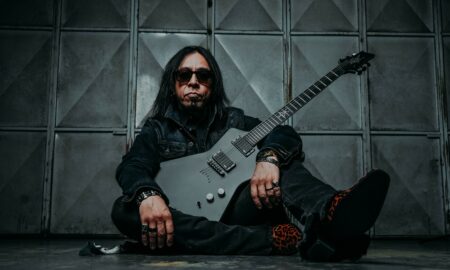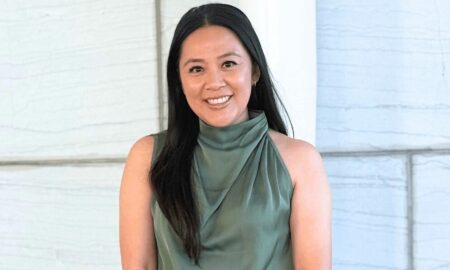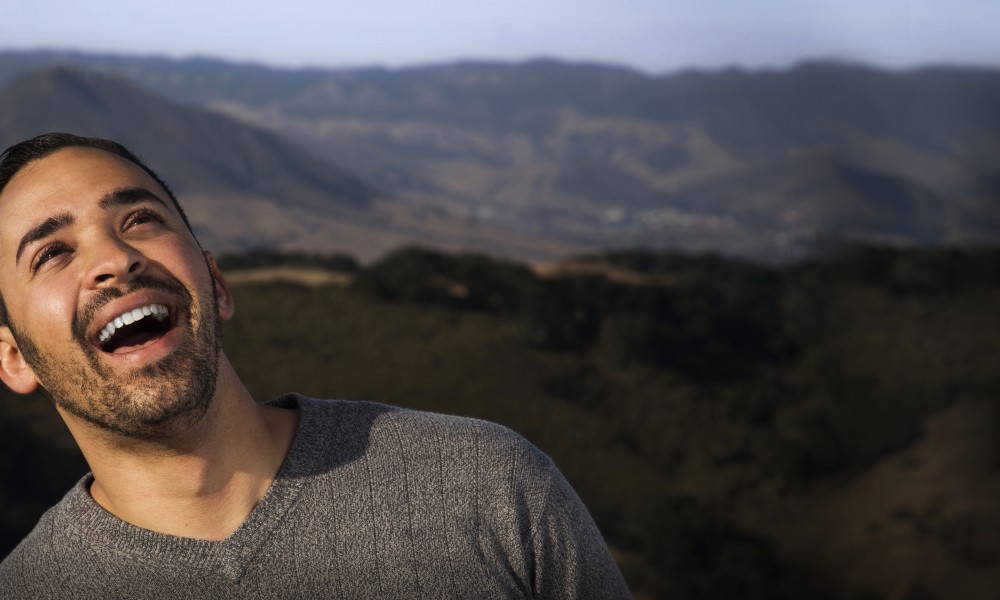

Today we’d like to introduce you to Daniel Deitch.
Daniel, please share your story with us. How did you get to where you are today?
The summer before my first year of high school, my family embarked on a trip to Europe. Walking through the busy streets of Italy, Greece, Turkey and France, I began to notice the individual stories surrounding me. From a nun standing in the doorway of an ancient Roman church, to a homeless man playing piano on the street, I realized there was something magical in these individual stories. These stories weren’t only things that could be found, but they could be reshaped and made into stories that were even more original. On this trip I had found my true love in commercial photography and decided to pursue it full time while still in high school. Several years later, I received my BFA in Photography from California Polytechnic University, San Luis Obispo.
Has it been a smooth road?
I’ll share about three areas: money, equipment, and breaking through the noise
Money:
Starting my own business has been a rollercoaster. In college, I got clients trying to squeeze work out of me for little to no pay. Now I give the prices and if the customer says they can’t afford it, I usually turn down the work unless it’s for a worthy cause. I couldn’t do that before. “Exposure” should never be a form of payment for hard work from talented individuals. When I entered the fashion industry, I did many collaborative projects in the beginning. These projects were with models, makeup artists, hair stylists, and clothing designers. We all wanted to break into the industry and the only way to start building a portfolio was together… with zero budget. I got to work with many talented individuals, some of whom are doing really well now in the fashion industry. It’s important to have a network of friends and acquaintances in the photographic industry… not just other photographers.
Equipment:
Serious photography equipment is highly expensive and at one point, accounted for my entire monetary worth. You really have to find a balance between the equipment you want and the equipment you need to create your vision. I felt like I struggled with that for my first several years. Now I only keep a few lenses in my arsenal so I’m not distracted from other parts of the creative process.
Breaking through the noise:
Instagram has empowered so many individuals to become photographers. That is not a bad thing. I think it’s awesome that the world is falling in love with the camera. The problem with that, however, is it has blurred the lines between photography as a hobby and photography as a profession. It’s become increasingly difficult being taken seriously as a professional photographer when everyone is a “pro photographer”. Photography on a consumer level has almost completely lost its value. There is little to no serious industry left for head shots, family photography, and any sort of portraiture for that matter. Now fashion photography is slowly being taken over by Instagram photographers who have no interest in pursuing photography full time. That’s why most of my fashion photography is in the category of “high fashion” rather than e-commerce or blog-style photography. High fashion is still taken seriously by industry professionals. My current goal is to continue pursuing high fashion and product branding photography.
How do you think the industry will change over the next decade?
I’m currently seeking an agency to represent me so I can spend more time shooting and less time trying to book new clients. In the next ten years, I think I’d like to collaborate with a few other individuals in starting a creative branding and marketing company. This would be a one-stop shop for companies looking to provide professional creative content for their business and products. The markets I’m planning to target include technology, tv & film, as well as fashion. I believe technology is especially important due to the continued boom in tech startups and innovative products being brought to the global market so rapidly.
What has been the primary challenge you’ve faced?
The biggest challenge has been finding a balance between the jobs I enjoy and the jobs that pay the bills. It can be difficult achieving both. We all strive to get jobs that both pay well and spark our interest. Being a 20-something year old in the commercial photography industry can limit that luxury of choice. Thankfully, fun job opportunities have opened up over the past year. I got to work with a creative agency shooting for several Kickstarter campaigns as well as a men’s lifestyle e-commerce website called Touch of Modern. The harder I work, the more rewarding my jobs have become.
What would you tell someone who is just starting out?
Goal Planning:
I think it’s important to never lose sight of your dream goals. Don’t settle when you find a comfortable profession. Continue to reach the next level, whatever that may be. It’s going to be tough and there will be struggle. You have to be ready to take on the world. Set smaller goals and you’ll reach your bigger goals quicker than you can imagine.
Diverse Experience:
Push yourself to learn every aspect of photography, even if you don’t think it will help you. I spent about a year learning film photography and I couldn’t be more grateful for that year. It pushed my creative abilities in completely different ways that digital photography couldn’t. Even learning how to shoot video helped my photographic skills. I believe that today’s photographer should know how to shoot video regardless. It’s an important skill for any artist.
Art and Business:
Being a professional photographer requires more than just a good eye. If they don’t know business, paying the bills will be more of a struggle than one might hope for. It’s important to get necessary business licenses (dependent on the cities and counties you work in), get the proper business insurance, and don’t give into free work unless you believe it will greatly improve your portfolio or business. When starting a photography business, remember to document all your expenses, which you can later use as tax write-offs. I wish I had known about all of those things when I first started my company. I could’ve saved a ton of money in the beginning. I think its also really important to continually raise your rate over time. If someone doesn’t like your pricing, then you need to find the clients who will. Don’t ever let yourself be compared with hobbyist photographers who bid at $50 per shoot. Your work and reputation are only as good as your clients’.
Equipment:
The most expensive camera in the world can’t save you from poor photography. Master “iPhone photography” first and then slowly work your way into the SLR/DSLR world. If you do happen to purchase a professional camera body, the first thing you need to learn is how to shoot manually. “Program Mode” does NOT mean manual. Once you know how to shoot manually, you’re ready for a real camera. Also, don’t be afraid to shoot with artificial lighting equipment. I believe that a serious photographer can trick the viewer into believing that a photo was taken with natural light when they had actually used photographic lighting equipment. This can be speed lights, strobe lights, even hot lights; I strongly recommend trying all of them.
Contact Info:
- Website: www.danielwithcamera.com
- Phone: 8189845977
- Email: [email protected]
- Instagram: @danielwithcamera
- Facebook: https://www.facebook.com/danielwithcamera/

